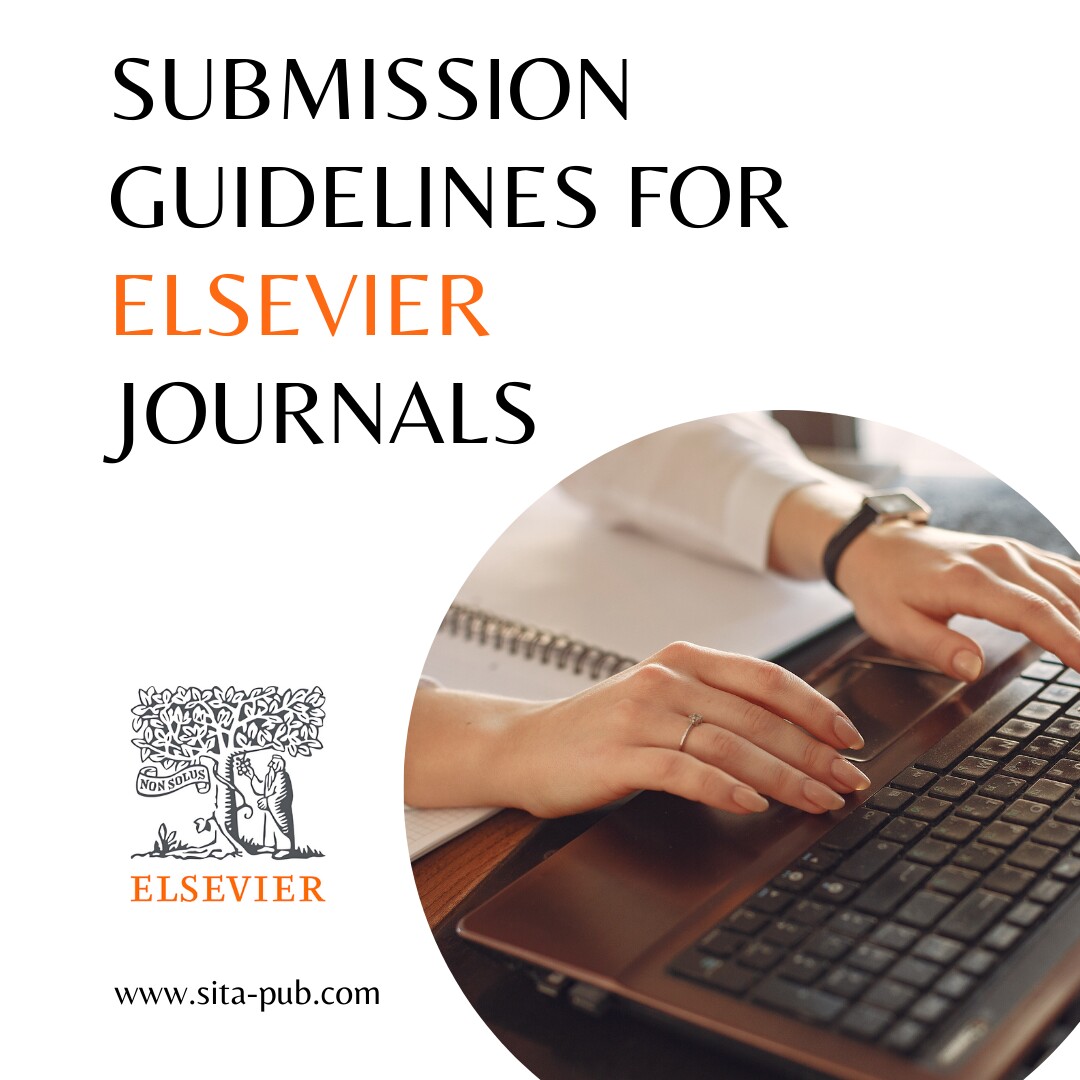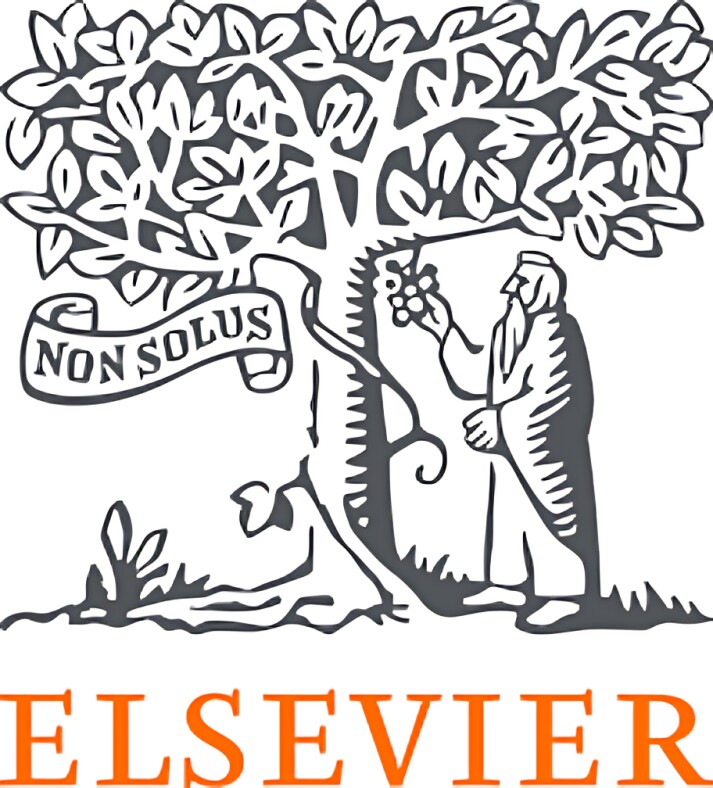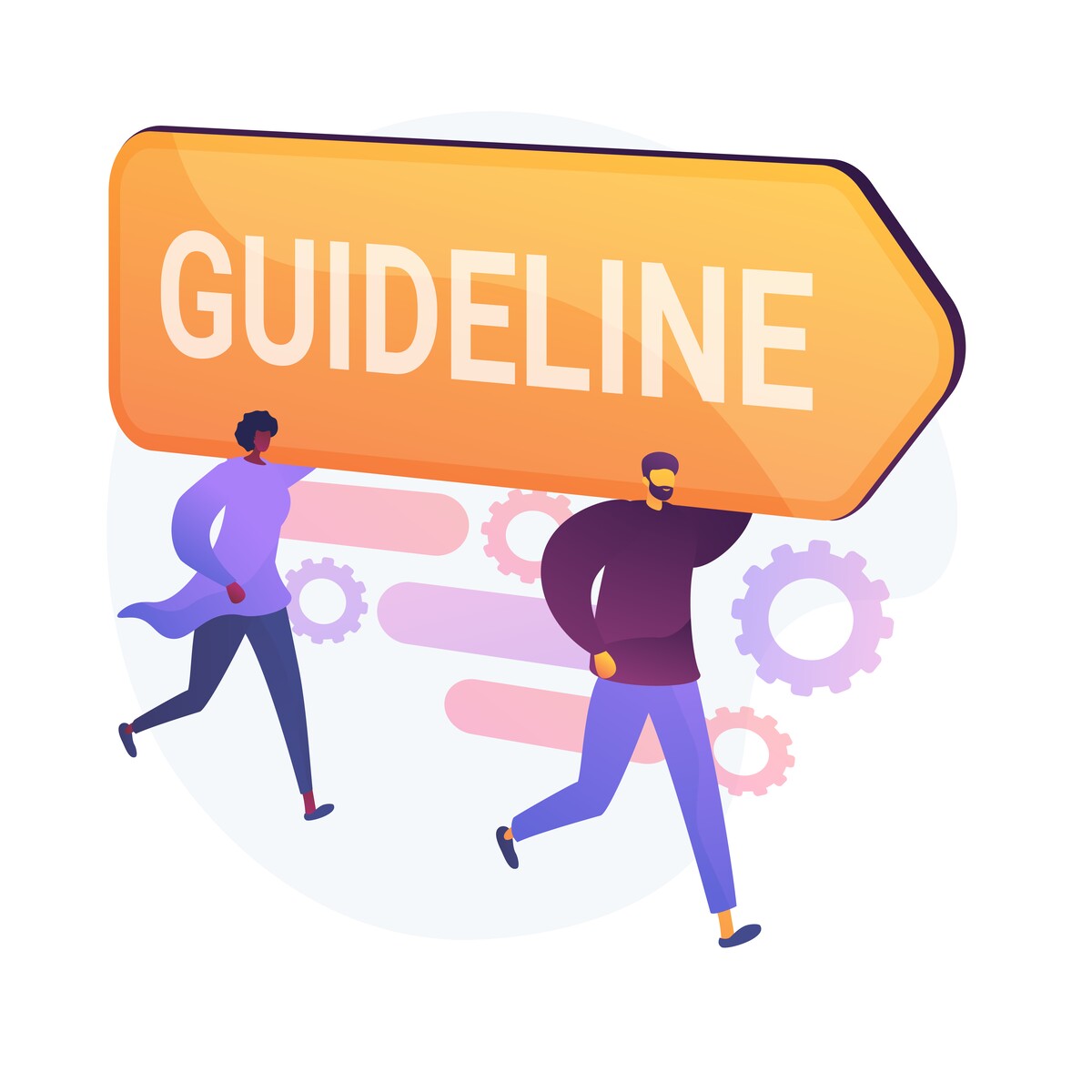Submission Guidelines for Elsevier Journals


Elsevier is one of the world’s largest academic publishing companies, recognized for its extensive collection of scientific, technical, and medical journals. Founded in 1880, Elsevier has a rich history of facilitating knowledge sharing and advancing research across various disciplines. The company publishes over 2,500 journals, including some of the most prestigious titles in academia. Its platform not only provides access to research articles but also offers tools for researchers to collaborate, share, and promote their work effectively. Elsevier is committed to supporting the global research community by providing high-quality content and resources.


Before submitting your manuscript to an Elsevier journal, it’s essential to follow a comprehensive checklist to ensure that your submission is complete and meets all necessary criteria:
Identify Suitable Journals: Start by matching your paper with relevant journals using tools like the Elsevier Journal Finder. This tool allows you to input your manuscript title and abstract, helping you find journals that align with your research topic and scope.
Review Journal Scope and Aims: Each journal has specific aims and scope. Carefully read the journal's description to ensure that your research fits within its focus. Submitting to a journal that aligns with your topic increases your chances of acceptance.
Check Formatting Requirements: Each journal has distinct formatting guidelines that dictate how your manuscript should be structured. This includes details on layout, font size, headings, and referencing style. Ensure that your manuscript adheres to these requirements to avoid desk rejection.
Prepare Necessary Documents: Gather all required documents for submission. This typically includes a cover letter, ethical approval statements (if applicable), conflict of interest disclosures, and any supplementary materials.
Proofread Your Manuscript: Before submission, thoroughly proofread your manuscript to eliminate any grammatical errors, typos, or inconsistencies. A polished manuscript reflects professionalism and attention to detail.

When you are prepared to submit your manuscript, adhere to the following general submission guidelines:
Online Submission: Elsevier uses an online submission system for all journal submissions. Create an account if you do not already have one, and follow the prompts to submit your manuscript.
Manuscript Format: Ensure that your manuscript is formatted according to the specific guidelines of the journal you are submitting to. The journal's website will have detailed instructions on formatting, including section headings, figure and table formatting, and reference styles.
Cover Letter: A cover letter is an essential part of your submission. It should succinctly introduce your research, highlight its significance, and explain why it is a good fit for the chosen journal. This is your opportunity to make a good first impression on the editorial team.
Figures and Tables: All figures, tables, and supplementary materials should be clearly labeled and formatted according to the journal’s requirements. High-quality images and clear tables enhance the readability of your paper.
References: Follow the journal’s citation style for your reference list meticulously. Proper referencing is crucial for academic integrity and helps reviewers locate the sources you have cited.

After submitting your manuscript, it’s important to remain engaged with the process:
Follow Up on Submission Status: Regularly check the status of your paper through the online submission system. This will keep you informed about any updates, including whether your manuscript is under review or if revisions are needed.
Be Prepared for Revisions: If your manuscript is sent for peer review, be ready to address feedback and make necessary changes as suggested by the reviewers. Constructive criticism is a valuable part of the academic publishing process, and responding thoughtfully can improve your manuscript.
Maintain Communication: If there are significant delays or if you have concerns about the review process, feel free to reach out to the journal’s editorial office for updates. Clear communication can help clarify any uncertainties you may have.
Celebrate Acceptance: If your manuscript is accepted, take a moment to celebrate this achievement! Prepare for the next steps in the publication process, including final edits and proofs.
By following these guidelines, you can enhance your chances of a successful submission to an Elsevier journal and navigate the publication process with confidence.
Publish Your Paper in Elsevier Journals with Our Expert Assistance!
If you're ready to publish your paper in Elsevier journals, we’re here to help! Our team can assist you in selecting the right target journal that fits your research, ensuring that your manuscript is properly formatted and ready for submission. With our expertise, you can navigate the publication process with confidence.

If you have any questions, inquiries, or would like to learn more about our services, please don't hesitate to reach out to us. Our dedicated team is ready to assist you.